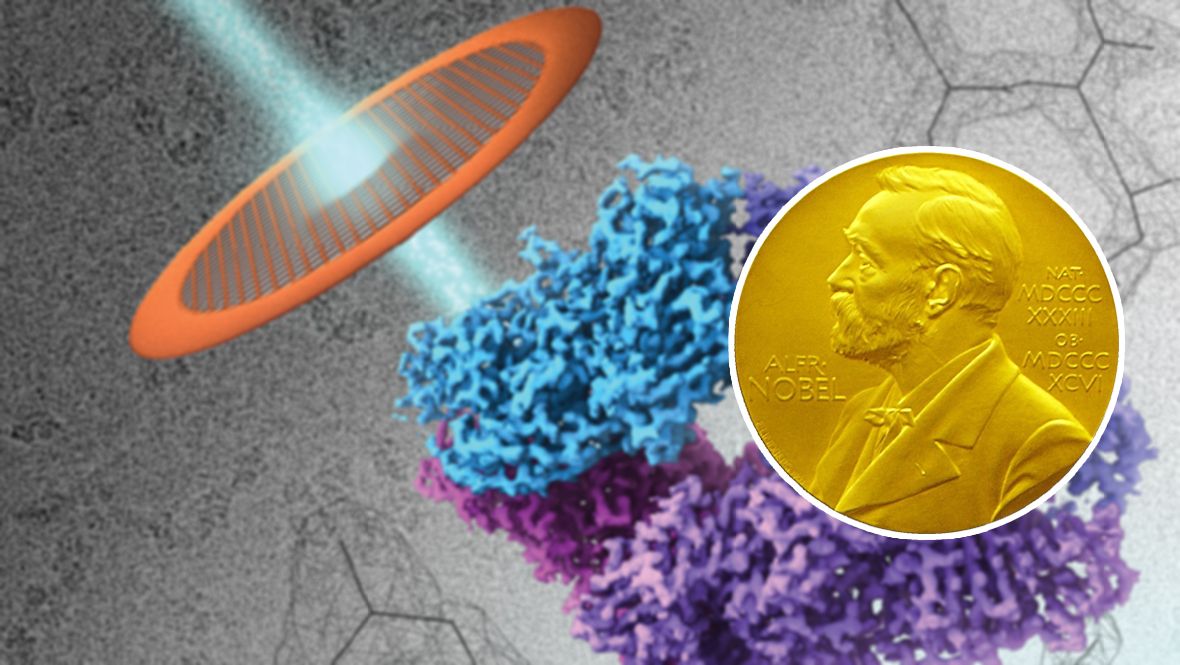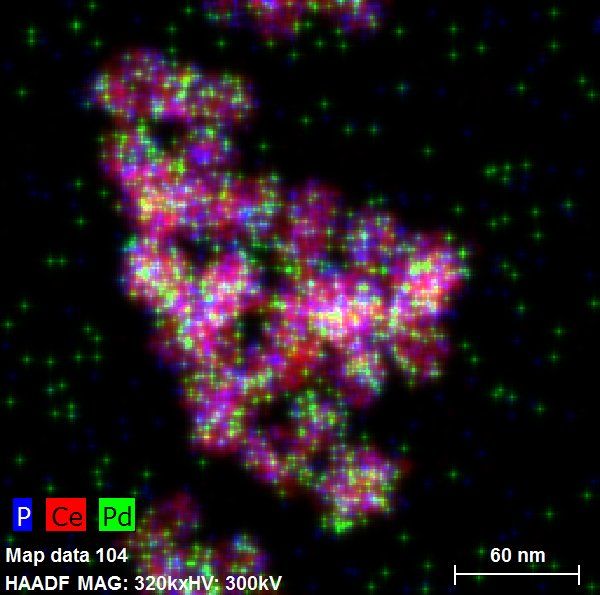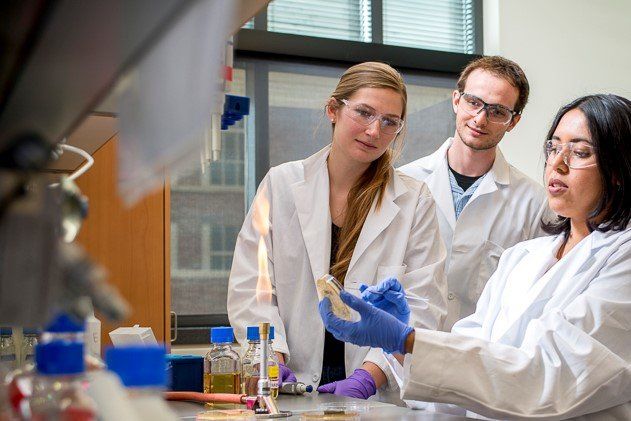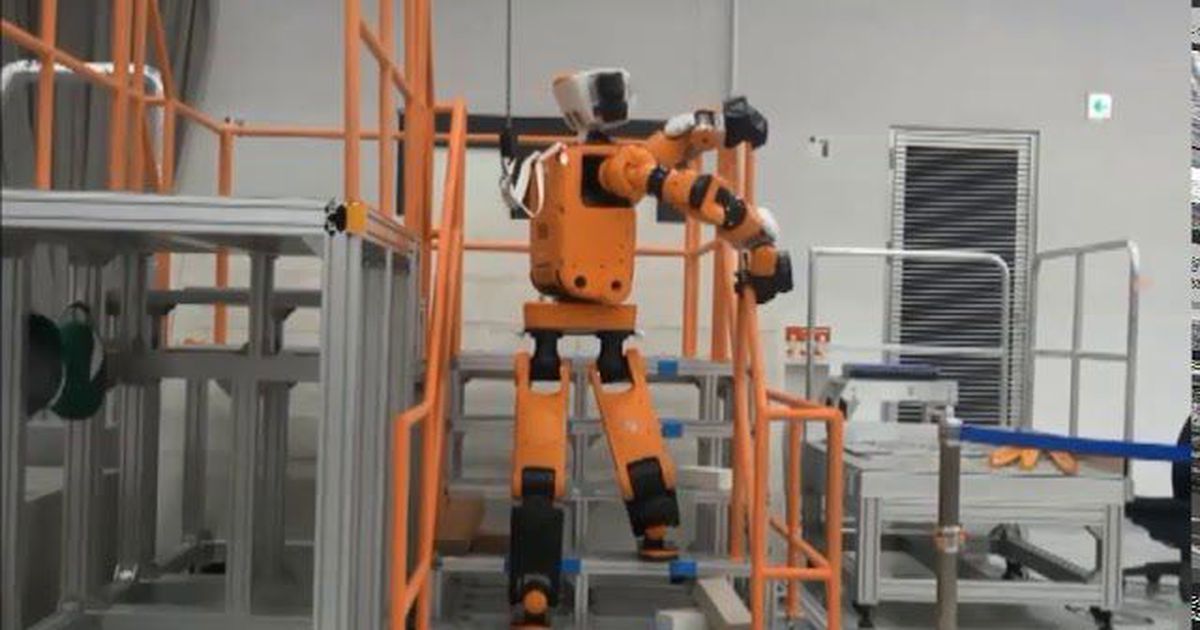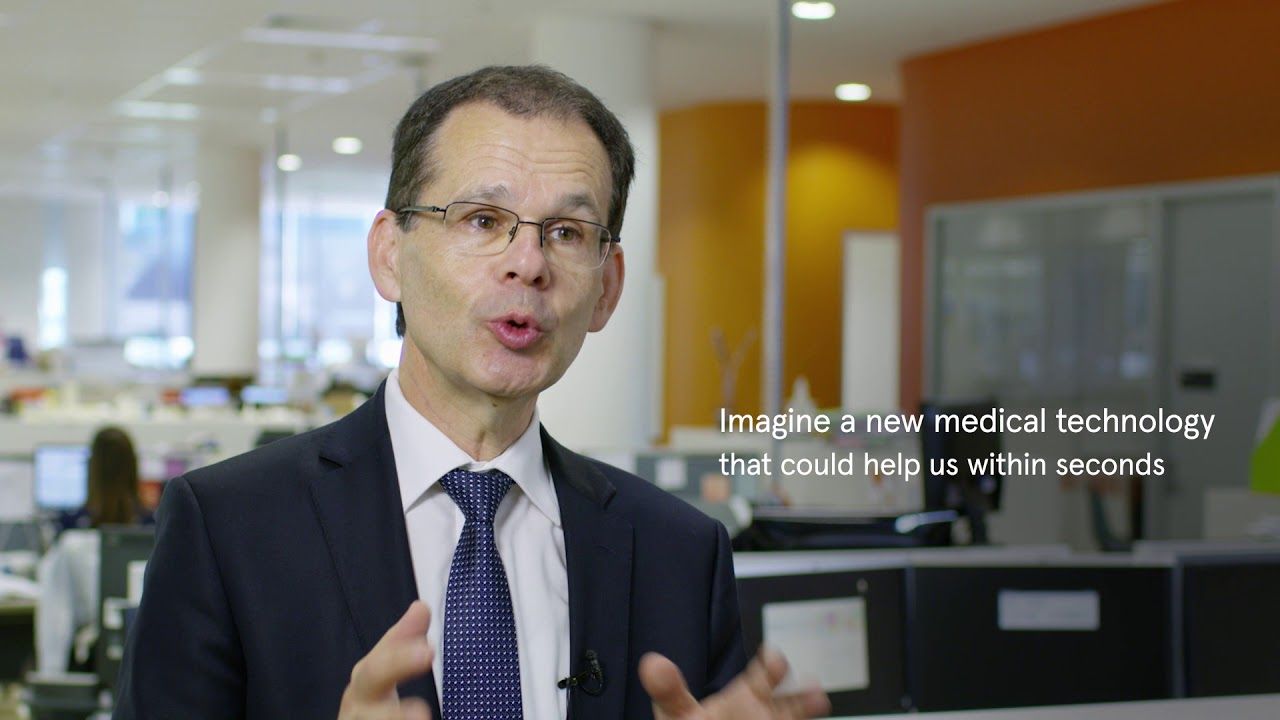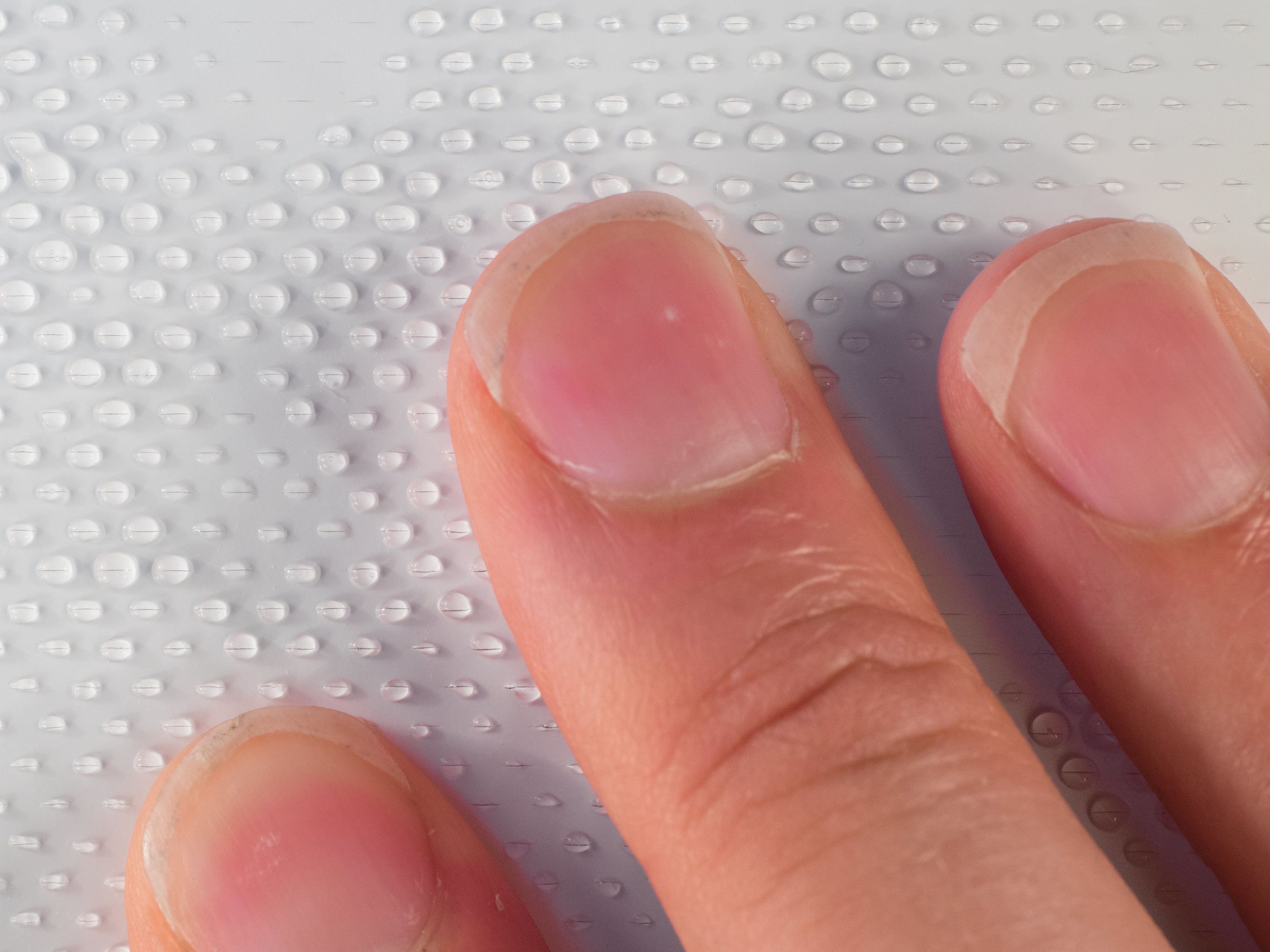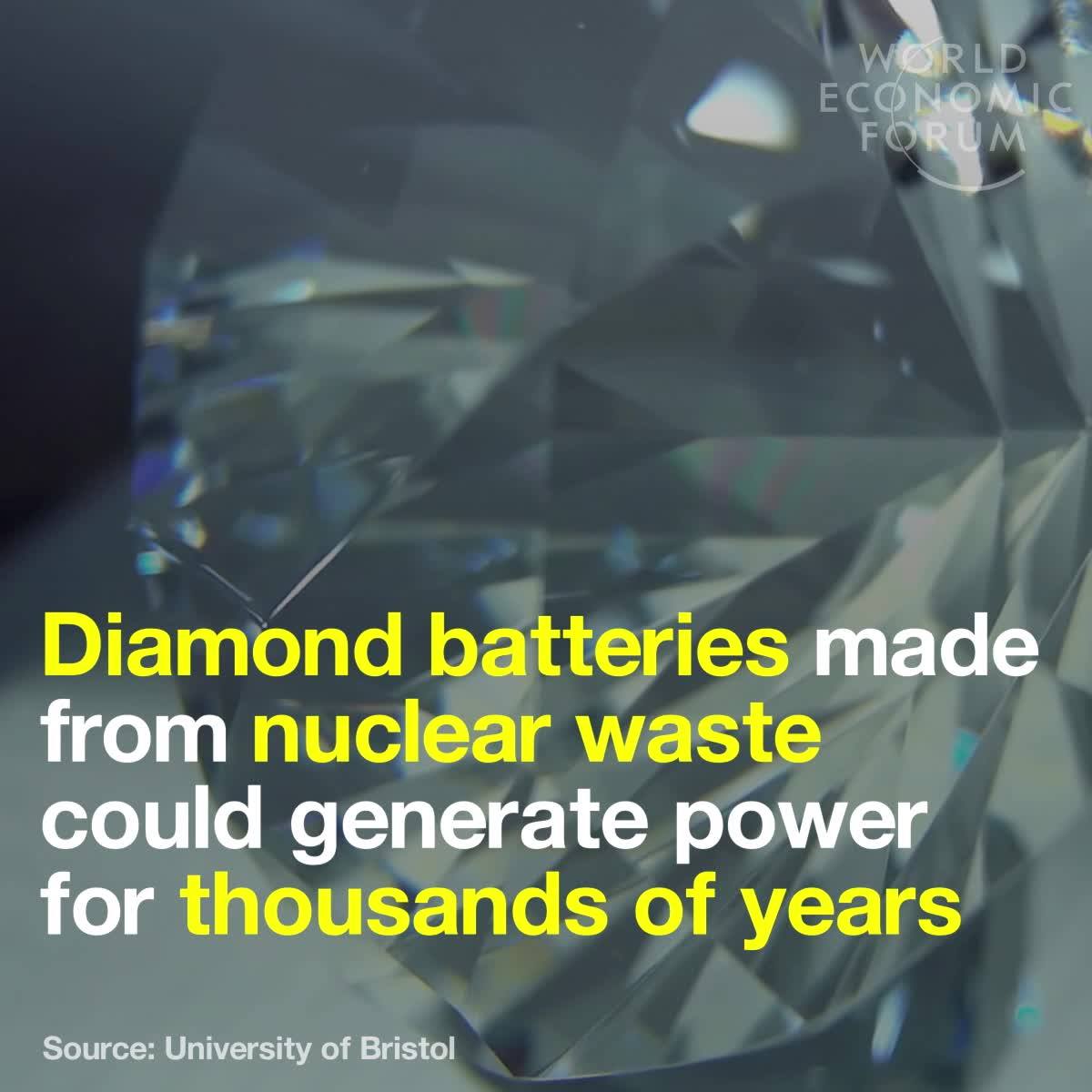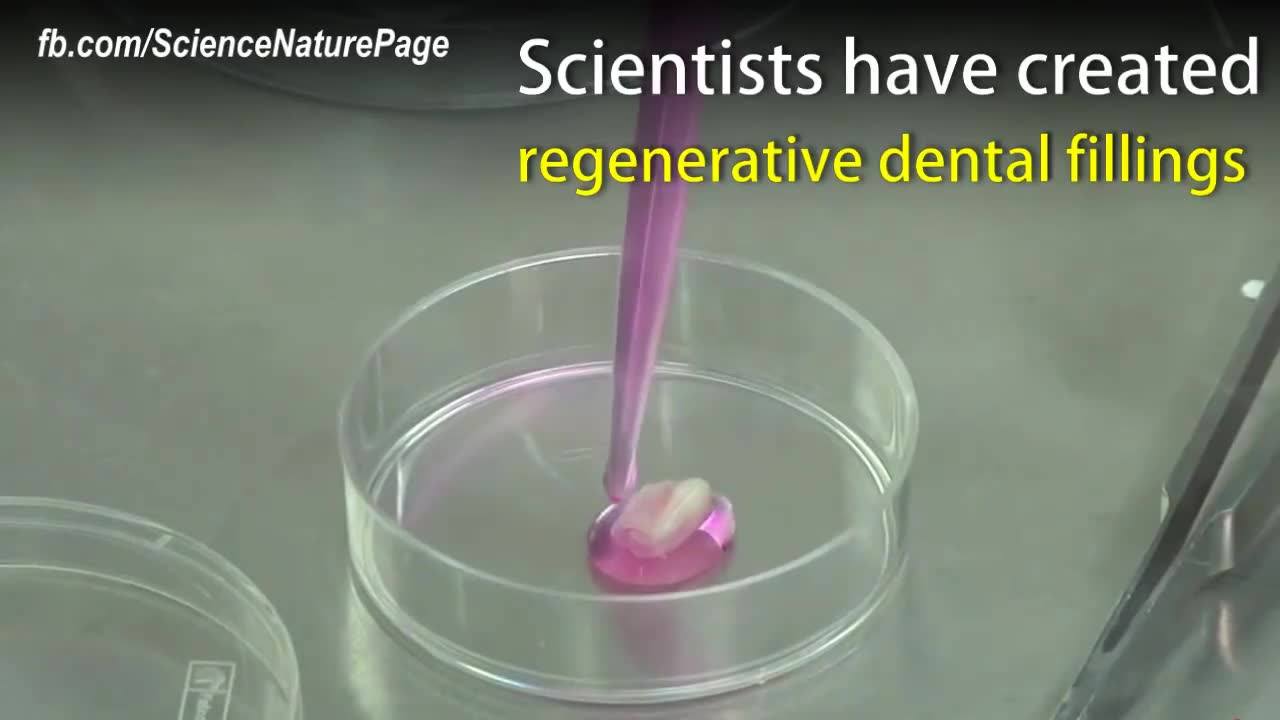Oct 7, 2017
Nobel Prize in Chemistry 2017 Awarded for Cryo-Electron Microscopy
Posted by Shailesh Prasad in categories: biological, chemistry, nanotechnology
The Royal Swedish Academy of Sciences has decided to award the Nobel Prize in Chemistry 2017 to Jacques Dubochet (University of Lausanne, Switzerland), Joachim Frank (Columbia University, New York, USA) and Richard Henderson (MRC Laboratory of Molecular Biology, Cambridge, UK) “for developing cryo-electron microscopy for the high-resolution structure determination of biomolecules in solution”.
We may soon have detailed images of life’s complex machineries in atomic resolution. The Nobel Prize in Chemistry 2017 is awarded to Jacques Dubochet, Joachim Frank and Richard Henderson for the development of cryo-electron microscopy, which both simplifies and improves the imaging of biomolecules. This method has moved biochemistry into a new era.
A picture is a key to understanding. Scientific breakthroughs often build upon the successful visualisation of objects invisible to the human eye. However, biochemical maps have long been filled with blank spaces because the available technology has had difficulty generating images of much of life’s molecular machinery. Cryo-electron microscopy changes all of this. Researchers can now freeze biomolecules mid-movement and visualise processes they have never previously seen, which is decisive for both the basic understanding of life’s chemistry and for the development of pharmaceuticals.
Continue reading “Nobel Prize in Chemistry 2017 Awarded for Cryo-Electron Microscopy” »
